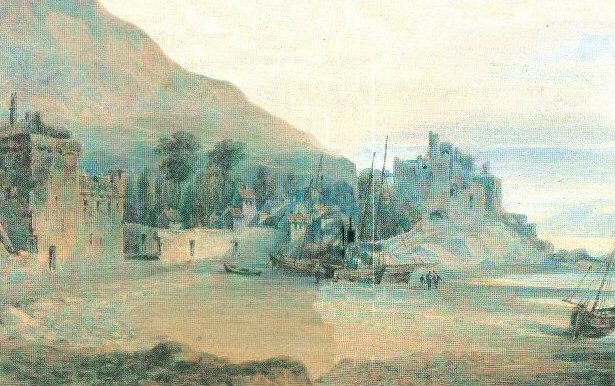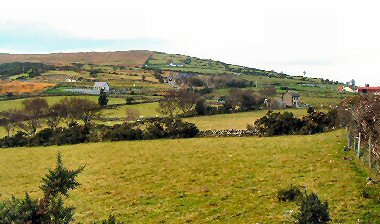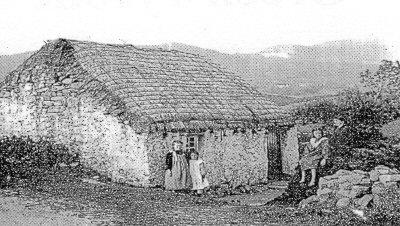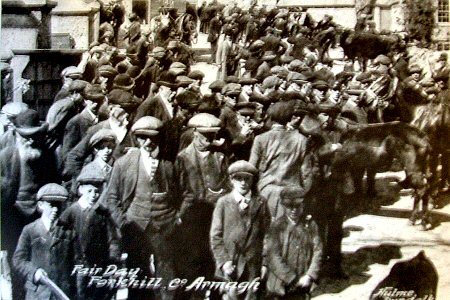By way of contrast with Dr Pococke’s jaundiced, personal account of Irish towns (see previous entry on Carlingford) – and indeed those of other English travellers in Ireland in the 17th-19th centuries – Samuel Lewis’s Topographical Dictionary (1837) was a disciplined, informative account from a publisher who also produced similar works on England, Wales and Scotland.
1800-1900
Events in Newry’s History
SIGNIFICANT EVENTS IN HISTORY OF NEWRY
1819 St Mary’s Parish Church (COI) opened.
1823 Gas lighting comes to town: to Ballybot in 1834.
1825 Foundation stone laid of Catholic cathedral.
1828 Cathedral opened.
In Parliament, Counsellor O’Hanlon’s son Hugh sponsored a bill for “the better lighting, watching, cleansing and paving of the town of
1829
)
Catholic Emancipation Act passed at
Control of Canal goes to Newry Navigation Company.
1830 Order of Poor Clares opens a convent in Newry.
1831 Patrick Jennings of Newry becomes P.M. of
1833 Cholera in Newry: 271 people affected; 127 die
Charles Russell (Lord Killowen) born in
.
1835 Bank of
1838
Daniel O’Connell visits Newry.
1841 Newry Workhouse opened.
1842 Celebrated novelist and traveller William Thackeray visited and praised Newry in print.
1843 Courthouse at Trevor Hill built.
1846 Old bridge at Ballybot (the
1847 Poor Law duty (to make ratepayers responsible for local poor – i.e. Workhouse inmates) established.
1849 Newry-Warrenpoint railway opened.
1845-9 Great Famine decimated
Great hunger, disease and loss of life throughout wider district and rest of
Accelerated emigration from Newry and Warrenpoint ports.
1851 Christian Brothers came to Newry
1854 Towns Improvement (
1855 Kerrs Mill / Sands’ Clanrye Mills erected
1865 Towns Improvement (
Newry-Greenore railway link opened
Christian Brothers’
1870 Dominican Fathers come to Newry
1871 Newry Water Act for improvement of town’s supply
Newry’s population reaches 14,158
1875 John Mitchel (and John Martin) dies.
1848 Householders (RC) Donaghmore
Householder Lists, South Down 1848 : compiled by Father Ryan (Administrator, Donaghmore 1848) …
Clock of Crossmaglen
The Nation formed
From the late 1820s to the early 1840s the Great Liberator Daniel O’Connell strode the political stage in Ireland and at Westminster, campaigning first for Catholic Emancipation and then for Repeal (of the Act of Union). By the latter date he was quite aged and represented ‘Old Ireland’.
Forkhill House
There was another notable in the Forkhill area – besides the often mentioned Squire Jackson – one Captain Alexander, whose original Forkhill House home endured well into the twentieth century.
Lost with all hands
Celtic Cross for victims
This Celtic Cross was erected by the Irish community of
Crossmaglen
Crossmaglen has been recorded on maps since c. 1609 but until the late eighteenth century it was but a small collection of houses. A generation later and it is described as follows in Lewis’s Topographical Dictionary…






